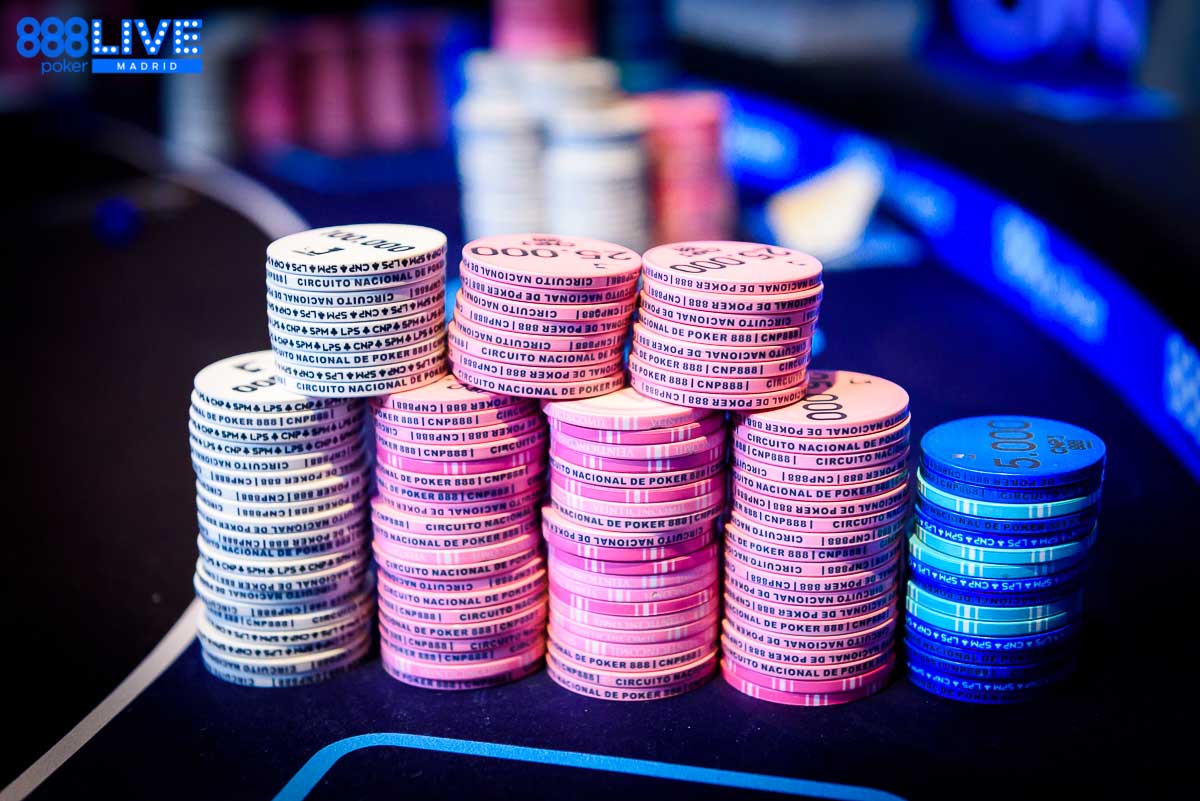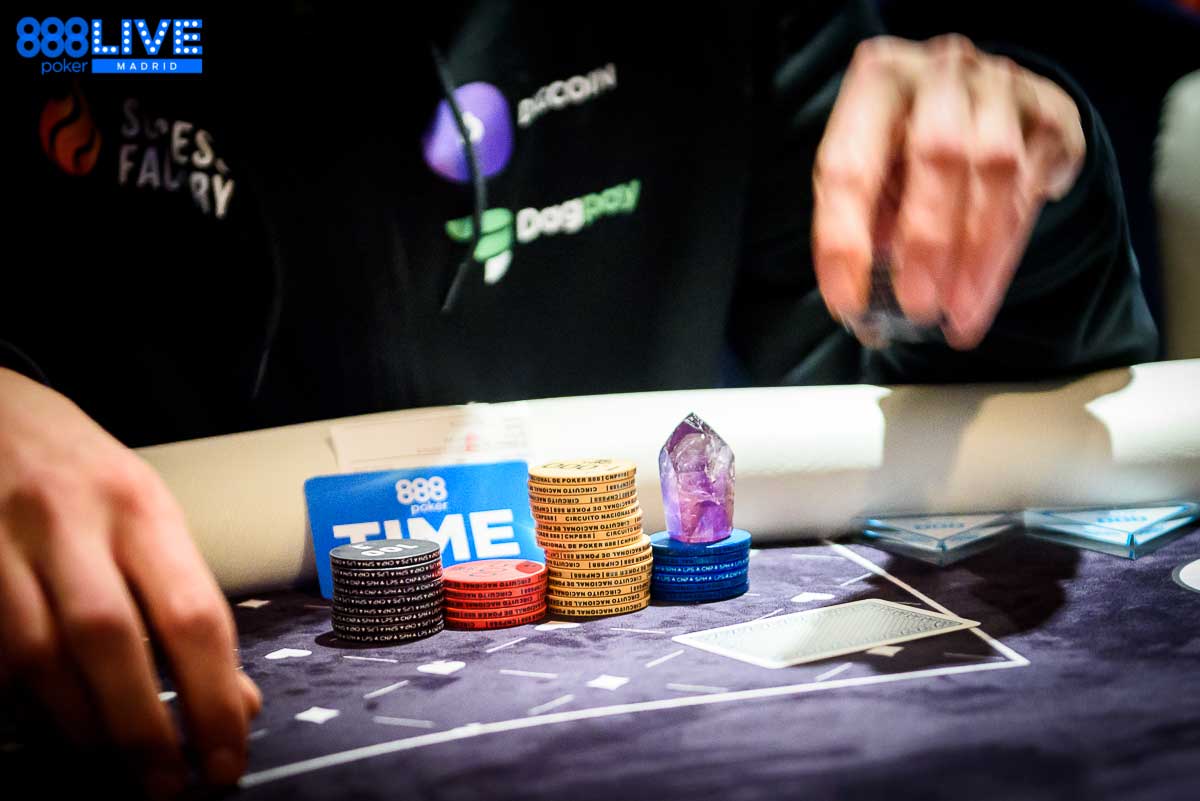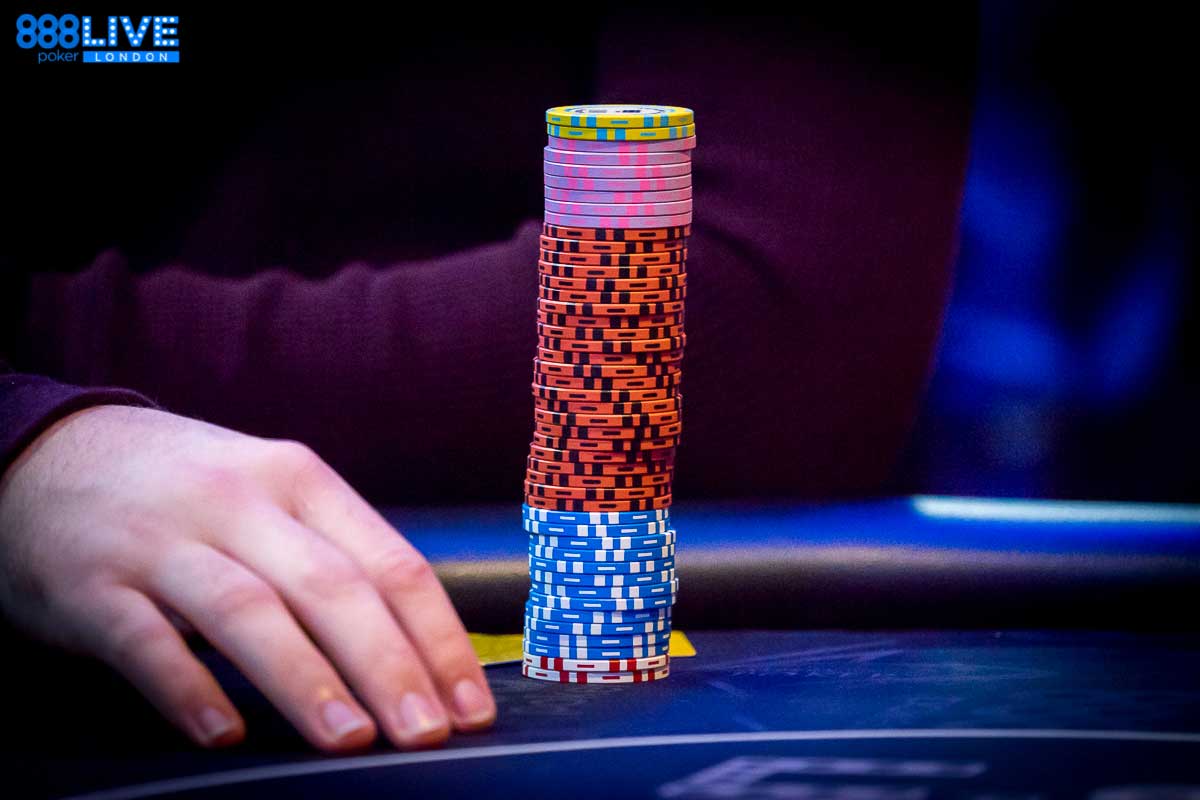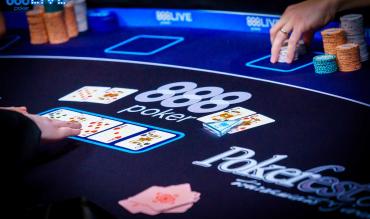At first glance, the Big Blind (BB) and Small Blind (SB) positions might appear to be almost identical in poker. It turns out that this is not true at all!
The blind and Small Blind do share some similarities, But they are two of the most different positions at the poker table.
In this short guide, we’ll clear up any confusion regarding the blinds. We’ll also focus on the differences/similarities between the Small and Big Blinds.
We’ll answer the following questions - feel free to skip ahead if you are after something specific.
- What is the Small Blind and Big Blind?
- What is the difference between the Big and Small Blind bets?
- Is the Big Blind always twice the size of the Small Blind?
- What is the difference between the Big and Small Blind positions?
- What is the difference when playing heads up?
- What is the difference between blinds and antes?
- Why are there blinds in poker?
- Why is there a Big Blind when there is already a Small Blind?
- What is the difference between Small and Big Blind strategy?
- Where do the Big Blind and Small Blind payments go?
- What does it mean to ‘steal the blinds’?
- What does it mean if a player has 100 Big Blinds?
- How do win rates from the small and Big Blind compare?
What is the Small Blind and Big Blind?
The Small Blind and Big Blind are mandatory bets. Two players must place one of each into the pot before any cards are dealt.
The terms Big Blind and Small Blind also refer to the positions at the table that pay these bets.
- The Small Blind pays the Small Blind, and the Big Blind pays the Big Blind.
What is the difference between the BB and SB bets?
The Big Blind payment amount is usually twice the size of the Small Blind. For example, in a $1/$2 No-Limit Hold’em game, the Small Blind payment is $1 while the Big Blind amount is $2.
For an in-depth discussion on how the Big Blind works regarding stakes levels and stack depths, check out this article containing poker blinds charts.
 The Blinds and Stack Depths
The Blinds and Stack Depths
Is the BB always twice the size of the SB?
The Big Blind does not necessarily have to be exactly twice the size of the Small Blind. For example, some casinos offer $1/$3 stakes where the Big Blind is three times the size of the Small Blind.
- Some games even have a structure where the Big Blind and the Small Blind are the same amount.
The rules can change from casino to casino. So, feel free to ask the dealer if unsure.
What is the difference between the BB and SB positions?
On a regular six-handed or full-ring table, the Small Blind is to the immediate left of the Button. The Big Blind is to the immediate left of the Small Blind (two to the left of the Button).
The Small Blind acts before the Big Blind both preflop and postflop. The Big Blind gets sometimes to act last postflop. So, it is generally considered a superior position to the Small Blind.
What is the difference when playing heads-up?
The Small Blind and Big Blind positions are slightly different when the action is heads-up.
- In heads up play, the Small Blind position is also the Button position.
This fact means that the Small Blind (SB) gets to act after the Big Blind postflop. The SB is also the Button (BTN), and the Button always acts last.
It might be easier to think of the two heads-up positions as the Button and Big Blind. But the mandatory Small Blind payment is now paid by the Button.
What is the difference between blinds and antes?
Specific positions at the table pay the Small Blind and Big Blind amounts. In contrast, every player at the table (including the Small Blind and Big Blind positions) must pay the ante before any hole cards are dealt.
Ante amounts are usually considerably smaller than the Small Blind and only feature specific poker games.
For example, it’s somewhat rare that cash games make use of antes. But they are a common feature in the later stages of tournament poker.
Check out our terms page on antes for more information on how they work.
 Difference Between Blinds and Antes
Difference Between Blinds and Antes
Why are there blinds in poker?
The blinds exist to help generate action. If there were no blinds in the pot, there would be nothing for poker players to fight over winning.
Players could simply wait it out until they were dealt pocket aces preflop.
Why is there a BB when there is already a SB?
Poker would technically work just fine with only a Big Blind and no Small Blind. But more action is generated when more players have to invest chips into the pot before cards are dealt.
This situation makes the games more exciting and enjoyable for recreational players.
What is the difference between SB and BB strategy?
We are forced to invest more money with the Big Blind payment preflop. So, it becomes correct to play a broader range of hands from the BB than the SB preflop.
- Good players hence call quite often out of the Big Blind when facing an open-raise.
Calling in the Small Blind can be problematic because the Big Blind acts after us preflop. The BB has the option to raise (squeeze), making it difficult for us to see the flop.
The Big Blind doesn’t have this problem since it ‘closes the action’ preflop and often gets to see a flop immediately after calling.
This advice is primarily for beginner players. There is quite a lot involved in playing well from the blinds.
Why not check out some further strategy advice using the links to resources below?
Where do the Big and Small Blind payments go?
The Small Blind and Big Blind payments simply go into the pot, either to be won preflop or postflop.
It’s the Big Blind and Small Blind payments that make it profitable for other players at the table to try and ‘steal the blinds.’
What does it mean to ‘steal the blinds?’
Stealing the blinds means making an open-raise preflop from the Button, Cutoff or Small Blind. Players hope to pick up the blinds that have been placed into the pot.
Suppose the players in the blinds are not defending correctly. In those instances, it can be profitable to try and steal with relatively weak hole cards.
What does it mean if a player has 100 Big Blinds?
Big Blinds are used as a unit of measure to convey how deep a player’s stack is. For example, it’s common for players to buy into cash games with either 100 or 200 Big Blinds.
In a $1/$2 game, the Big Blind value is $2.
So, a 100 Big Blind stack would be $200 while a 200 Big Blind stack would be $400.
 Big Blind Stack in Poker
Big Blind Stack in Poker
How do win rates from the SB and BB compare?
The Big Blind is a mostly superior position at the table to the Small Blind. But Small Blind win rates are almost always higher than Big Blind win rates.
It’s too difficult to overcome the disadvantage of being forced to place a larger bet into the pot before seeing hole cards.
It’s worth keeping in mind that it’s typical to lose money from both of the blinds. It’s almost impossible to overcome the disadvantage of the mandatory preflop bet.
Even very good poker players will have negative win rates from the Small Blind and Big Blind.
Blinds Table - Differences and Similarities
| Features | Small Blind | Big Blind |
|---|---|---|
| Position | Left of Button | 2 to left of Button |
| Action | Acts before Big Blind, both preflop and postflop | Acts after Small Blind, both preflop and postflop |
| Size | Usually, half the size | Usually, twice the size |
| Heads-Up Position | Is actually the Button | To the immediate left (or right) of the Button/Small Blind. |
| Heads-Up Action | Acts before the Big Blind preflop but after the Big Blind postflop. | Acts after the Small Blind preflop but before the Small Blind postflop. |
| Mandatory preflop payment | Yes | Yes |
| Paid by one player at the table each hand | Yes | Yes |
| Describes both a payment amount and a table position | Yes | Yes |
| Used to measure stack depth | No | Yes |
Summary of Big Blind vs Small Blind
Here’s a quick summary of what we have covered in this guide about the Small Blind and Big Blind positions at the poker table:
- The similarities are that both the Small Blind and Big Blind positions involve a mandatory ‘blind’ preflop investment.
- The term blind is used to indicate that players must invest the chips before seeing any hole cards for the hand. (For this reason, the payments are called blinds!)
- Aside from this, there are considerable differences between the blinds, especially when it comes to strategy.
- The Small Blind and Big Blind positions require significantly different approaches.
- A common beginner mistake is using the same strategy from both the Small Blind and Big Blind positions.
Check out the strategy guides below (also linked to above) for more information.
